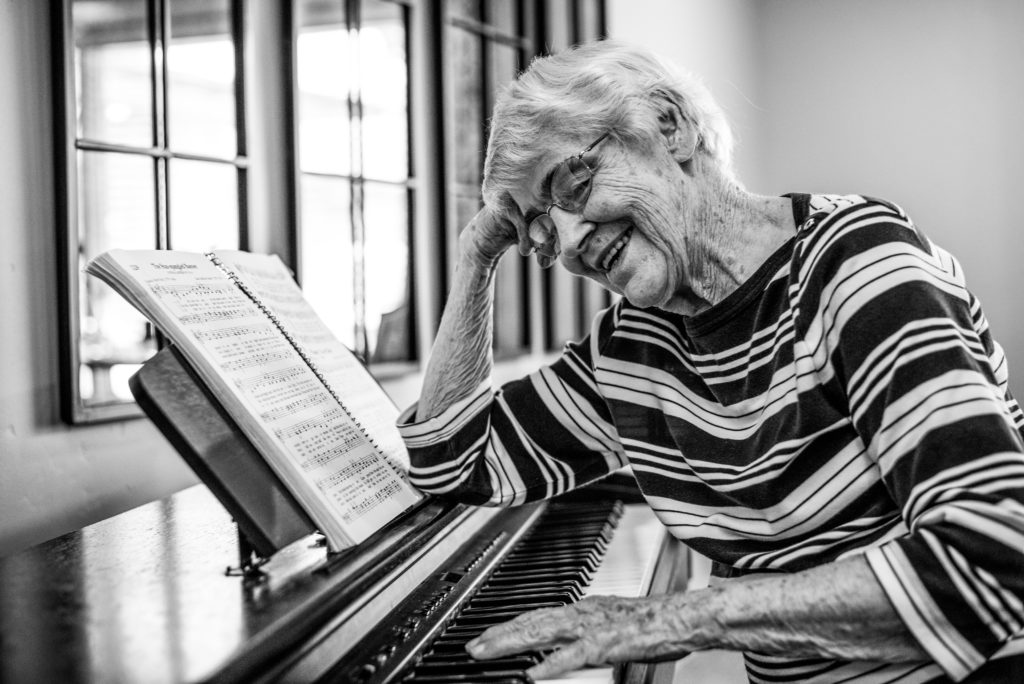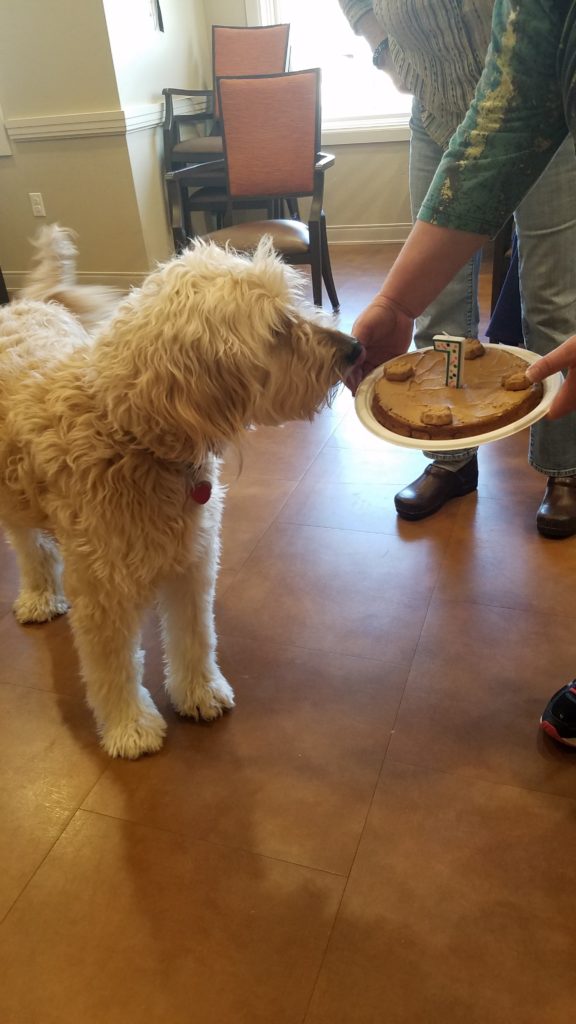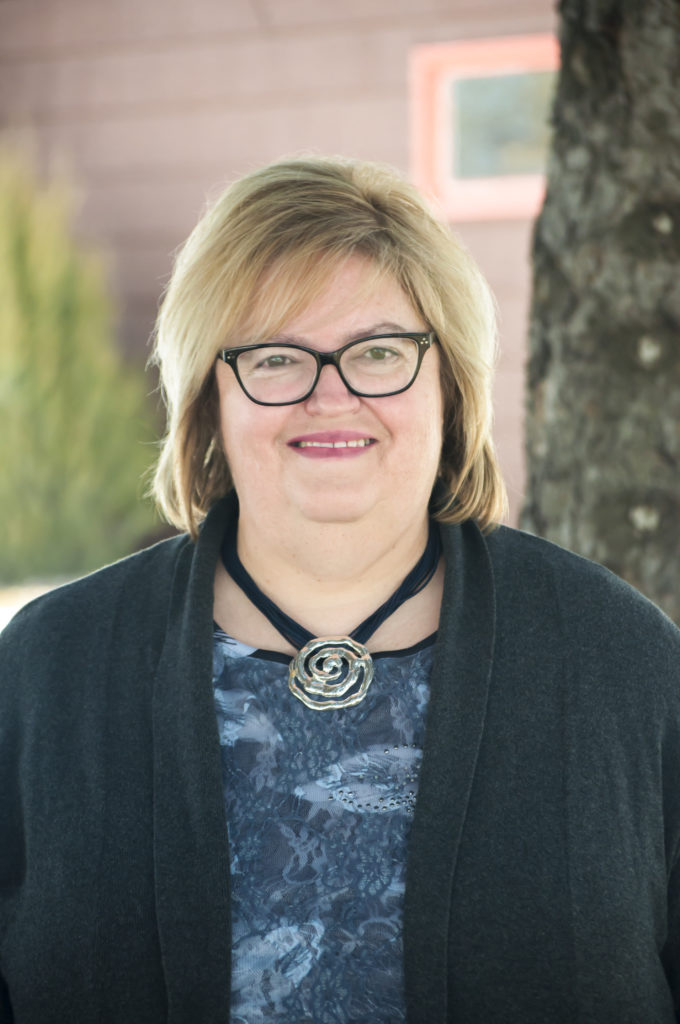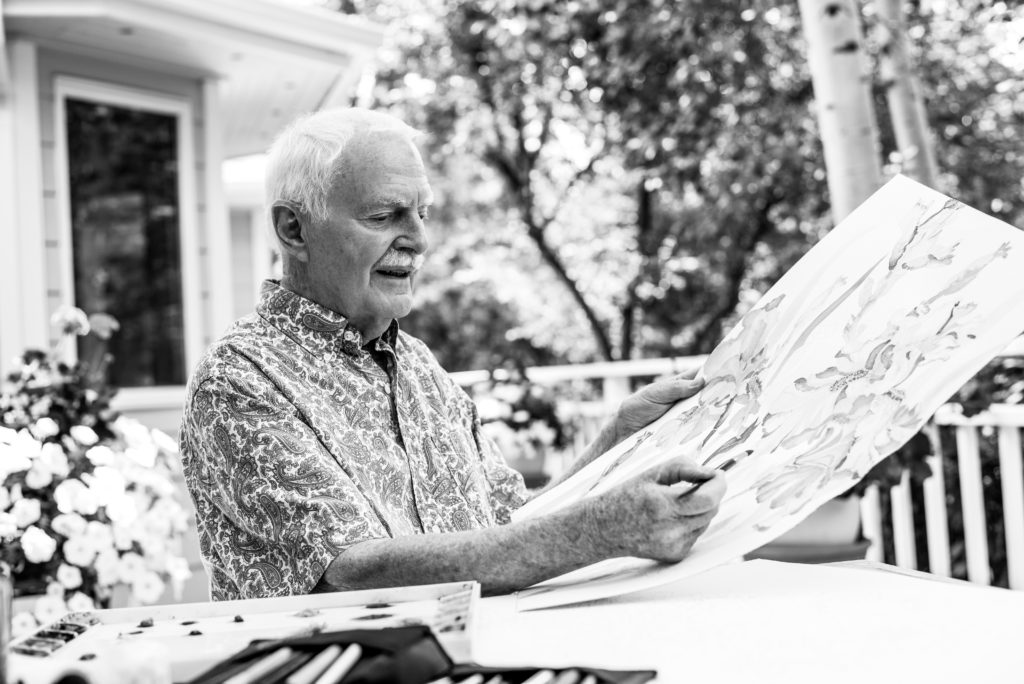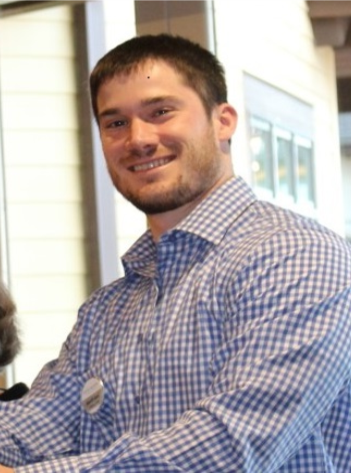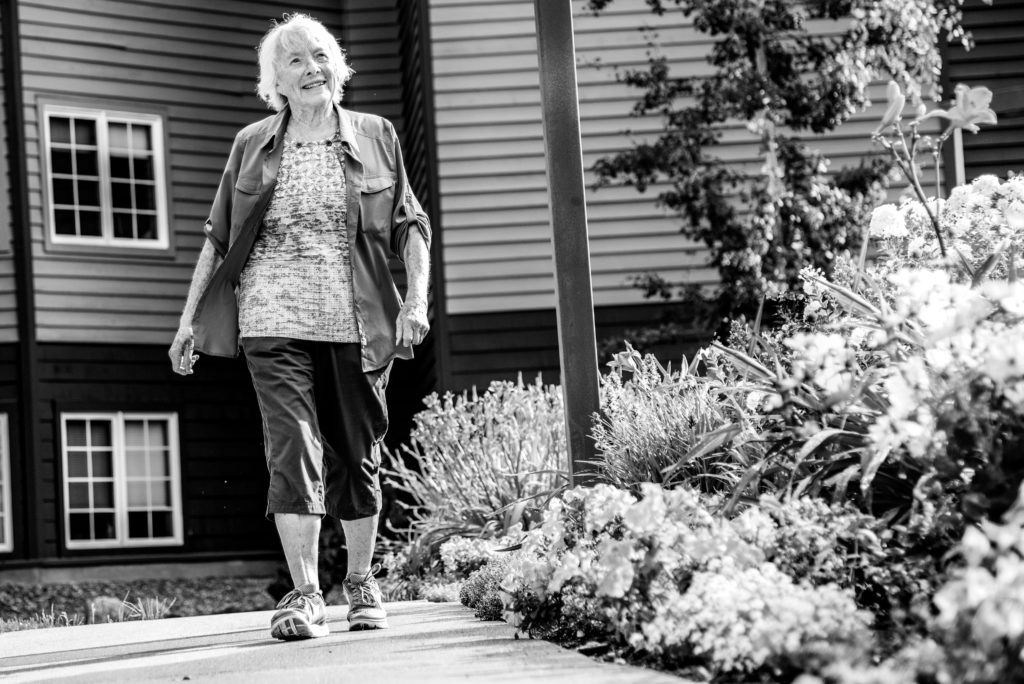On a recent trip to New York City, I had the opportunity to see Jez Butterworth’s 2018 play The Ferryman. The show has been a hit both in London and on Broadway, and it’s garnered numerous awards and nominations for both the writing and the incredible (and huge—20 actors) cast. Because of where I work, one of the things that stuck out to me was how intergenerational the cast is. The oldest characters are in their eighties while the youngest is about six months old. As the past and the present converge in The Ferryman, the play’s three oldest characters all attempt to lead their younger relatives toward a better future. The play is notable for its deployment of older characters for both plot and thematic purposes, and I’d like to think through what it’s trying to do with them.
There’s a lot to unpack The Ferryman, and I’m not going to attempt it all here. But there’s a little bit of background that’s helpful for understanding its treatment of aging. The play is set in the midst of the Troubles, the decades-long conflict in Northern Ireland between Unionists who want the North to become part of the Republic of Ireland and Loyalists who want it to remain part of the United Kingdom.* During this period, the provisional Irish Republican Army carried out numerous attacks, and the British police and military struck back hard. The Ferryman takes place in 1981, in the immediate aftermath of the hunger strikes in which ten Irish republican inmates died in a futile attempt to have themselves declared political prisoners. Tensions in Northern Ireland were running very high, and the long history of conflict between British forces and Irish people desiring independence was very much at the front of everyone’s mind.
The play’s three oldest characters represent this long
history. Uncle Pat, Aunt Pat (yes,
really, they’re both called Pat), and Aunt Maggie Faraway have seen much of it,
and they insist on placing the play’s present events in historical context. The three characters have different
approaches to history, memory, and the future, and their attempts to share it
have direct impacts on events in the play.
Before I go any further, I want to clarify how all of these
characters are related to each other. At
the center of the play are former IRA operative Quinn Carney, his wife Mary,
and his sister-in-law Caitlin, the wife of his brother Seamus, who was killed
by fellow IRA members in 1972. Seamus’s
body has just been found in a bog, and that’s the impetus for the action in The Ferryman. Uncle Pat, Aunt Pat, and Aunt Maggie Faraway
are all siblings of Quinn and Seamus’s deceased father, Big Jack. Rounding out the family are Quinn and Mary’s
seven children, ranging in age from late teens to young baby, and Caitlin’s
teenage son Oisin. There are also three
cousins from Belfast who come down to help with the harvest, a priest, three
IRA men, and a mentally disabled Englishman who lives nearby.
Uncle Pat is the least controversial and the most peaceful of the three elders. He’s a scholar at heart, and during the play, he’s rereading the ancient Roman poet Virgil. For Uncle Pat, the violence of the Troubles is a complete waste. He wants peace, and most of all, he wants no more of his family members to die. Since we learn later from Aunt Pat that one of their siblings was killed in the failed Easter Rising of 1916 and his nephew’s body has just been discovered, it’s not surprising that Uncle Pat simply wants the carnage to stop. He certainly doesn’t support forgetting the past, but he doesn’t want to keep fighting its battles. For him, remembering the past means learning from it and moving on.
Aunt Pat is the play’s firebrand. She does
want to keep fighting the battles of the past and in fact insists on
it. Early in the play, Aunt Pat carries
a radio around with her and is determined to make her younger family members
listen to the speech in which Thatcher formally announces that she will not
declare the hunger strikers to be political prisoners. Since the family is trying to get ready for
the harvest (they are farmers), the intrusion of politics is extremely
unwelcome. Aunt Pat’s insistence on
rehashing the past, and on telling the story of how she followed her beloved
older brother to Dublin for the 1916 Rising only to have him die in her arms, forces
the family to confront history. For Aunt
Pat, the Troubles in 1981 are part of a struggle that goes back to her young
adulthood, and Seamus’s death is a result of the same conflict as her
brother’s. Because Aunt Pat discloses
that she kept her brother’s pistol, this confrontation with history eventually
leads to tragic consequences in the present.
The third and final elder, Aunt Maggie Faraway, has a
different relationship altogether with the past. Aunt Maggie is suffering from dementia, so
she only remembers the past occasionally in, it has to be said, convenient
moments. Aunt Maggie spends much of the
play sitting silently off to the side in her wheelchair, but in her lucid
moments, she shares both stories of the past and prophecies for the
future. She tells one of her four
great-nieces that she’ll have nine children but refuses to answer the same
child’s question about whether her father is a murderer. If Quinn wasn’t a murderer at the time young
Honor asks this question, he is by the end of the play, so Aunt Maggie could be
refusing in this moment to tell either the past or the future.
At the heart of Aunt Maggie’s few reminiscences and
prophecies lies the idea that without intervention, the past and the future
will be very similar. And indeed, after
the dramatic climax, Aunt Maggie gets the last word. Her ambiguous final declaration is, “They are
coming… They are coming…” “They” might be the banshees, the UK police,
or the IRA. The audience doesn’t really
know. We only know that the Carney family
has not been able to overcome the demons of their past. Quinn has committed murder, and though the
men he kills are pretty awful and he kills them in defense of his family, there
will certainly be consequences. He will
at best go to jail and could be killed, and his children will know for sure
that their father is a murderer. And one
member of the youngest generation is dead because he could not resist his
cousins’ goading or the lure of Aunt Pat’s republican pistol.
The lesson The
Ferryman teaches through its elder generation is not a generalized “we must
learn from the past in order to go forward into the future.” Taken together, Uncle Pat, Aunt Pat, and Aunt
Maggie Faraway tell us that we have to be very, very careful about what lessons
we take from the past. The character who
most takes to heart Aunt Pat’s lesson—that Ireland must fight until it’s a
united, independent republic—winds up tragically dead. Uncle Pat’s calls to look to the ancients
instead of to the 1916 rebels go all but unheeded. In the end, it’s Aunt Maggie’s lesson that
looking to the past for the future is dangerous that plays out on stage. “They are coming,” and all the Carneys can do
is wait.
There’s one more thing I want to note about The Ferryman’s older characters: they’re
all played by aging actors—or at least, actors who are aging by stage standards. At 66, Fred Applegate, who plays Uncle Pat,
is the youngest of three. Ann McDonough
(Aunt Pat) is 69, and the incomparable Fionnula Flanagan (Aunt Maggie Faraway)
is 77. There aren’t a lot of great roles
for actors who have reached those points in their lives, especially for women,
but Butterworth has provided three pretty juicy ones. I felt especially privileged to see Flanagan,
who made a role that could have been faintly comic into something very powerful. Butterworth’s and Director Sam Medes’s
appreciation of what older actors bring has a lot to do with this, of
course. Though none of these three is
the lead, they all have a lot to do with how the plot plays out, and I was
delighted to see seniors play such key roles.
*The Irish Studies scholar in me would be remiss if I did
not mention here that the Troubles have their roots much farther back in Irish
history than decades. You might even say
that they began in the twelfth century, when Henry II invaded Ireland. The British were always a colonial power in
Ireland, and there’s never really been a time in Irish history when
nationalists/unionists/republicans weren’t trying (mostly unsuccessfully) to
throw them out. However, the Troubles
are usually understood to have lasted from the formation of the modern Ulster
Volunteer Force in 1966 through the Good Friday Agreement of 1998. I also want to note that polling indicates
that a majority—though sometimes a slim one—of Northern Irish want their
country to remain part of the UK.
